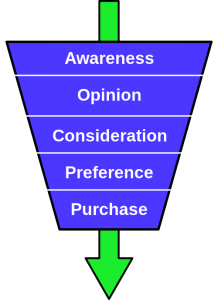This February the largest recycled tire plant in North America will open in St. Mary’s, Ontario. Green Arc Tire Manufacturing will produce more than 3 million tires per year that are “green”.
Mike De Cenzo, COO of the company said, “We’re proud to be offering Canadians winter tires that are not only green, but have better traction and improve fuel efficiency, at less cost than regular tires.” The process of making the new winter tires not only uses 80% of the old tire but also sells for 30-50% less than regular tires. This is a win/win situation, recycle old tires and produce cheaper winter tires for drivers. Unfortunately for Green Arc Manufacturing many drivers feel recycled tires aren’t safe, a 2013 study done by the US Department of Safety acknowledged that, “despite the (cost) advantages that retreaded tires may bring, public perception is that retread tires are less safe than new ones.” This may be a difficult perception for the company to overcome. Another obstacle is the fact that many Canadian drivers buy all season tires and hope for a mild winter with no snow or ice. Recycled tires are popular in several European countries and it will be interesting to see if Green Arc can roll out a success story for their green tires in North America.




